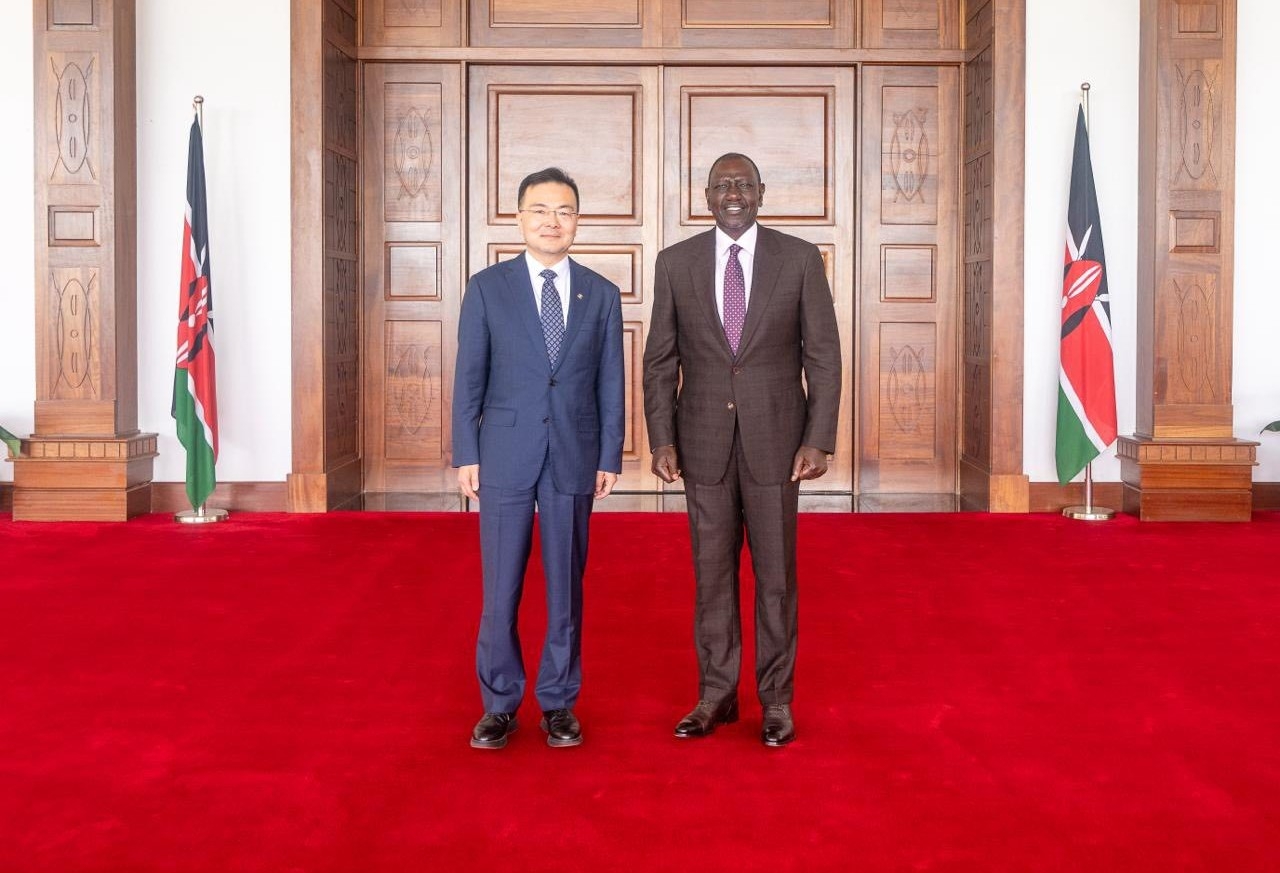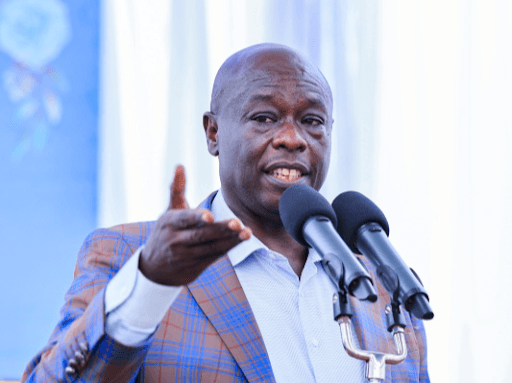The country has achieved more than 10 per cent forest cover within three years of tree planting to restore degraded woodlands.
Kenya Forest Service said on Tuesday tree cover is now 12.3 per cent and the aim is 15 per cent by next year.
When the tree planting started, the government aimed at achieving 10 per cent by 2022.
Three years ago, coverage was about seven per cent and the situation was getting worse. Important water towers were being destroyed by cultivation, grazing, illegal tree felling and charcoal burning — all banned in gazetted forests.
"The efforts we employed and were embraced by all our stakeholders, environmentalists and supporters have born fruits," KFS chief conservator Julius Kamau said.
Kamau said a national forest resource assessment last year and early this year indicates forest cover is 12.3 per cent.
He thanked partners for their support after the government educated many people about the need for forests to help control weather and the need to conserve the environment.
He spoke at Old Kijabe block of Kinale forest in Kiambu county where he led the KFS and Kinale Community Forest Association to plant 3,000 trees.
He was accompanied by Kiambu ecosystem conservator Paul Karanja, Kinale forestor Simon Mwemaand the head of nurseries at KFS Jane Ndeti.
Also present were Kinale CFA chairman Peter Githuka and organisations such as Kijabe Forest Trust and the Eden Reforestation Project.
Kamau said that in nearly all areas planted, more 80 per cent of trees survived.
He emphasised, however, that 10 per cent tree over cannot sustain the country's needs and support the Big Four agenda.
The chief conservator said they will continue to rally supporters and partners and use all possible strategies to achieve 15 per cent cover by the end of next year.
Much land was devastated and left bar by illegal loggers in the past.
"Degradation is cheap, but rehabilitation is expensive. We are embracing all strategies to ensure we have rehabilitated our forests.
"Let us support one another in protecting these forests."
Kamau said Old Kijabe block was among those left bare, with only shrubs.
"This place used to have red cedar but they were all cut down. This is the reason we are replanting," he said.
Githuka of the Community Forest Association thanked President Uhuru Kenyatta for leading the country to adopt the National Tree Cover Strategy launched three years ago.
He thanked the government for allowing communities living near forests to cultivate in the forests and conserve them.
"When one is allocated land in the forest, he or she is supposed to cultivate trees planted there together with his or her food crops. When one tree dries, he or she plants another one," Githuka said.
"When the trees grow to nine feet tall, the communities are relocated to another block, leaving a big forest growing" he said.
Githuka said the strategy commonly known as Plantation Establishment Livelihood Systems (Pelis), was the best since it supports livelihood.
Kamau asked foresters and ecosystem conservators countrywide to increase their seedlings productions to support more planting.
The President announced the tree planting campaign while environment CS Keriako Tobiko issuing a moratorium on virtually all logging owing to degradation of forests.
(Edited by V. Graham)
“WATCH: The latest videos from the Star”












